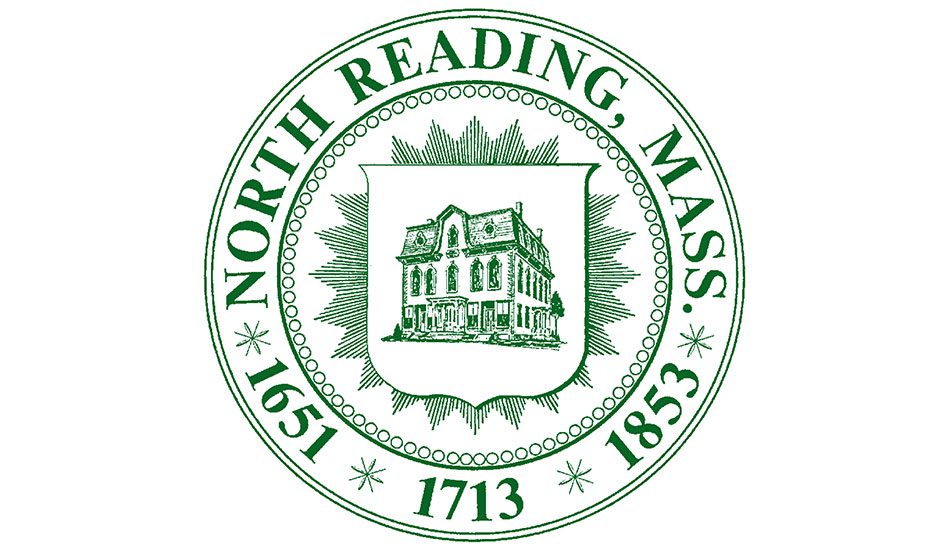By MAUREEN DOHERTY
NORTH READING – Once again, there were few surprises at Monday night’s annual tax classification and tax rate public hearing held by the Select Board.
The board concurred with the recommendations made by the Board of Assessors and Assessing Manager Deb Carbone on the proposed new tax rate and voted to retain a single tax rate for all classes of property – residential, commercial, industrial and personal (known as CIP) – based on the town’s very small commercial tax base.
Carbone reminded the board that the town has had a split tax rate only twice, both occurred during the timeframe of “Back to the Future” in 1985 ad 1988.
The new FY25 tax rate is proposed to be $13.06 per every $1,000 of valuation as opposed to the current tax rate of $13.21. Carbone stressed that this is a preliminary figure until the state Department of Revenue signed off on it. The proposed rate is subject to the approval of the state DOR.
This provisional rate is 15 cents per thousand lower than the FY24 rate and it was approved 5-0 by Chairman Vincenzo Stuto and members Stephen O’Leary, Liane Gonzalez, Rich Wallner and Nick Masse.
By law, splitting the tax rate does not increase the available tax rate; rather, it shifts the burden onto the higher priced properties in town. An additional limiting factor for communities like North Reading with a small commercial base, she said, is that state law would prohibit the town from shifting more than 11.57% of the FY24 tax burden from residential to CIP due to the minimum residential formula.
While the proposed tax rate has decreased, once again, the value of property in town continues to increase. As an example, in FY24 the average single family home in town has a value of$811,899. In FY25, which began June 30, that same home is now valued at $855,002, an increase of about $43,000.
Nearly 90% of the town’s taxable property is residential — 88.43% to be exact.
Using this as a baseline, the remainder of the pie consists of commercial (5.75%), Industrial (3.71%) and personal property (2.12%) which stands for CIP.
By law the town must have a balanced budget and must send out their property tax bills by Dec. 31.
According to Carbone, there are 4,314 single family homes in town and 1,070 residential condominiums, up from 1070 last year. There are 43 multifamily homes of up to 5+ units, 21 mixed use properties, 313 commercial and industrial properties, 86 industrial properties, 534 personal property accounts, up from 520 last year; and 194 lots of residentially zoned vacant land which remained unchanged from last year.
Other 5-0 votes taken by the board Monday night were not to establish a residential exemption, not to establish a commercial exemption, and not to establish an open space exemption (as the the town does not have any open space lots as defined by state law).
The board also voted 5-0 to “recommend the FY25 property tax levy of $64,881,345.
Lastly, the board voted 5-0 to “recommend to the Board of Assessors that the FY25 proposed tax rate be set at $13.06 per $1,000 of valuation.”
Based on this tax rate anticipated to be approved by the DOR, the owner of an average single family home will pay $11,166 in taxes in FY25 while a property valued at the lower end of the spectrum of $580,000 would pay $7,574 and a property valued at $2M would pay $26,120.





